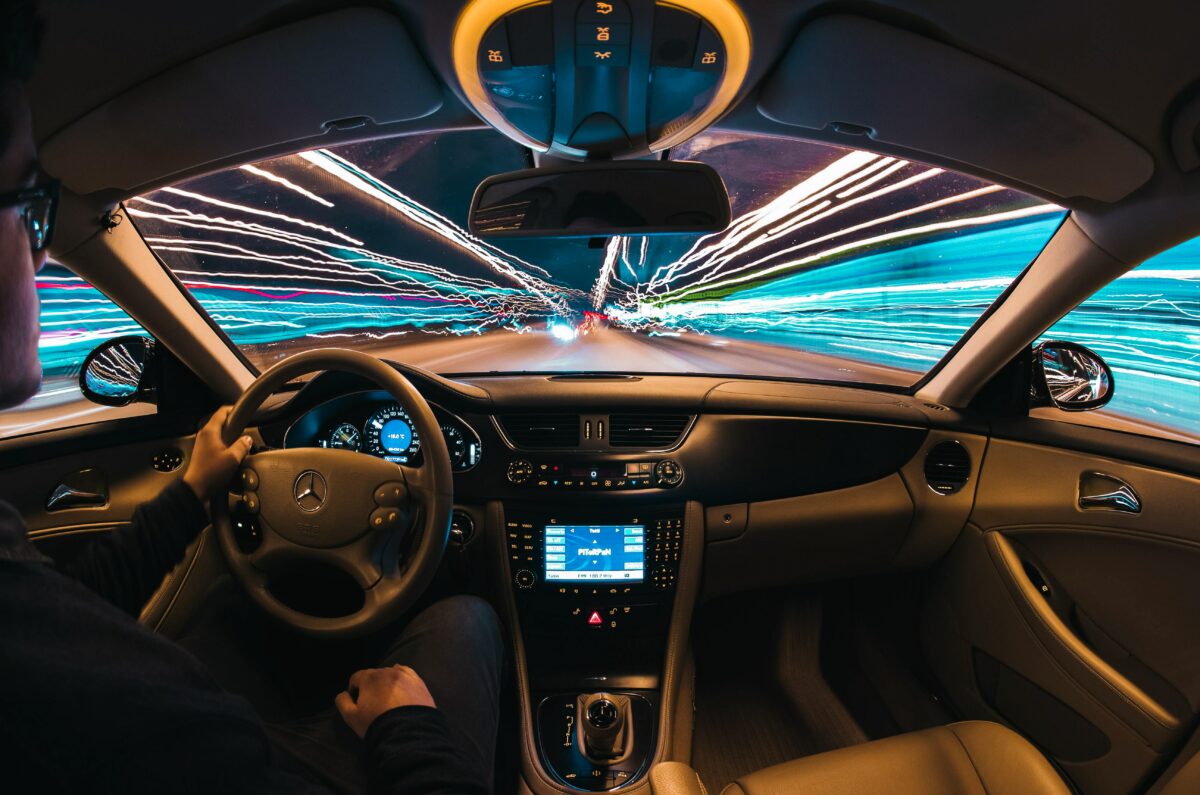Manufacturing operations across the automotive industry are harnessing sensor technologies, automation and robotics to improve not only production efficiency but also product quality and worker safety. Everyone is keen to pass on the more dirty, dangerous and dull jobs to machines, which at some point could pretty much run the show. However, this concept of lights out manufacturing – in which the factory could function in the dark as no humans are required – isn’t going to happen anytime soon for the trucking industry.
Both passenger car and commercial truck manufacturers are exploring forms of automation and cleaning up their environmental footprint, but the talk from the CV players is more about incremental improvement than revolution. On the one hand there is Tesla’s Elon Musk boasting about how his automated manufacturing system will eventually prove more lucrative a business than its cars. On the other hand, Mercedes-Benz do Brasil is boasting about automated screwdrivers and Renault Trucks about virtual reality glasses for engineers. Welcome news on all fronts, but not necessarily the new jewel in the crown of achievements for Mercedes or Renault.
The size and complexity of truck cabs make it difficult for plants to replicate the automation levels seen in car factories
The size and complexity of truck cabs make it difficult for plants to replicate the automation levels seen in car factories. Assembly tends to take place in vast spaces, requiring longer takt times and plenty of human involvement. Trying to automate all of this is daunting. Instead, innovation is playing out in specific areas. For instance, manufacturers are harnessing connectivity to transform hand-held tools into smart-tools, which can be automatically configured using data from a truck under assembly. For workers at the Mercedes-Benz plant in Sao Bernardo do Campo, screwdriver torque settings are set automatically, depending on the specific task.
Renault Trucks is making use of Microsoft HoloLens smart glasses to superimpose images of engine parts over the engine itself, creating a guide to help engineers. Others are harnessing mixed-reality technology, a combination of virtual reality and augmented reality, to design and build trucks within a virtual landscape. This approach not only cuts down on expenses but also improves design efficiency.
Both passenger car and commercial truck manufacturers are exploring forms of automation and cleaning up their environmental footprint, but the talk from the CV players is more about incremental improvement than revolution
Automated guided vehicles (AGVs) are another big investment area among the heavy vehicle producers. These dramatically improve the process of moving parts to the assembly line and help facilities to quickly change production programmes. Robots are increasingly working alongside humans, who now require training to prepare them for this evolving environment. Looking ahead, job descriptions will continue to change, as will the trucks themselves. With steady moves towards autonomous driving, cabs may disappear entirely, introducing new changes for the traditional production setup. The location of the truck factories may also shift – driverless trucks don’t necessarily care how far they have to travel to deliver parts.
Wherever they are located, these plants of the future will operate in a more digitised, flexible and modular manner. But for the near term, they are clearly going to need to keep the lights on.
To learn more about the innovation taking place in this rapidly evolving space, download Automotive World’s Special report: The truck factory of the future



